Contents
Guide
Page List
The STOP Domestic Violence Program
Innovative Skills, Techniques, Options, and Plans for Better Relationships
GROUP LEADERS MANUAL
FOURTH EDITION
David B. Wexler

A NORTON PROFESSIONAL BOOK
This e-book contains some places that ask the reader to fill in questions or comments. Please keep pen and paper handy as you read this e-book so that you can complete the exercises within.
To my parents, Sydney and Cynthia Wexler, may they rest in peace
Contents
Video: Its Just A Choice #4
Video: Its Just A Choice #3
Video: The Stoning of Soraya M.
Video: The Mask You Live In
Video: Its Just A Choice #5
Video: The Great Santini
Video: Boyz N the Hood
Video: Its Just A Choice #7
Video: Its Just A Choice #2
Video: Mens Work
Video: The Great Santini
Video: Boyz N the Hood
Video: Good Will Hunting
Video: Affliction
Video: Modern Family
Video: The Break-Up
Video: Just A Choice #6A
Video: Just A Choice #6B
Video: In Treatment
Video: First Impressions: Exposure to Violence and a Childs Developing Brain
Video: The Great Santini
Video: The Break-Up
In this field, you have to stay fresh. The work is too important, and the consequences of missteps too tragic, to stand still.
When men were accused of domestic violence prior to the 1970s, it was usually considered a family thing. Unless it was too serious to ignore, police typically looked the other way, nobody identified the problem as a significant social issue, and no substantive programs existed to identify intimate partner violence, treat the abusers, or offer support for the victims.
With breathtaking speed and innovation, the feminist movement insisted on drawing attention to this issue and identified partner abuse as an issue of gender politics that required consciousness-raising for men and support for women. This wave of attention led to the development of womens shelters, mens groups to challenge the attitudes and behavior of male abusers, and the development of specialized units in police departments, courts, and probation departments. In the more progressive states and counties at least, domestic violence charges were taken seriously, and programs were established to address the tragic cost of these behaviors. Male relationship violence was identified as part of a larger pattern of sexist attitudes, male entitlement, and men using aggression to get their way when they felt like it. The driving force of all male relationship violence was identified solely as power and control. Violent women were almost always identified as acting in self-defense. Programs to rehabilitate male abusers were considered to be educational to reprogram male attitudes and expectations in relationships.
And now, with deep gratitude to those who demanded attention and rethinking of these issues, those of us who work in the field continue to move forward. Men abuse women plenty, but some women abuse men, as well. We now know that one size does not fit all: only a minority of male domestic violence represents true battering, or intimate terrorism, while the majority (both male and female) instead represents situational couple violence. While the power and control theme still drives some of the most disturbing male abuse, many men simply have deficits or poor skills in managing the complexities of emotionally intimate relationships.
And, most important for our purposes here and for your purposes in treating those men who have abused their female partners, we now know that the best way to rehabilitate these men is not by branding them as batterers or by demanding that they identify their behavior as driven by power and control themes. The trends in the field now inform us that the best way, simply, is to offer respect to these men as men. While always insisting on full accountability for behavior, we need to recognize their own profound sense of powerlessness in relationships and help equip them with better models for making sense of relationship problems and a wider range of emotionally intelligent skills for responding to them. We need to honor their perspective that, at times, their female partners often engage in violent behavior that is not strictly self-defense. We need to equip them with tools for handling relationship conflicts more successfully, based on the assumption that most men actually want this rather than the assumption that most men actually dont.
And in so doing, we aim to help these men become the best men they can be and to reduceideally, to eliminatethe likelihood of relationship violence in the future. This is the mission of The STOP Program-fourth edition, improved and upgraded and newly informed by the flood of research and new models in this field.
Those of you who are already familiar with the STOP Program will recognize many familiar themesand many new ones. By the time you read this and once you have been using The STOP Program for a while, it will again be time for something new. So, I encourage you to use The STOP Programbut dont get too comfortable!
This new edition of The STOP Program reflects our ongoing integration of new research, creative interventions, and findings from pure trial-and-error. We have included new sessions with the following themes:
 SOLUTION-FOCUSED THERAPY: creative interventions and therapist guidelines based on principles of solution-focused therapy
SOLUTION-FOCUSED THERAPY: creative interventions and therapist guidelines based on principles of solution-focused therapy
 STAGES OF CHANGE: identifying stages of change/resistance to change
STAGES OF CHANGE: identifying stages of change/resistance to change
 MOTIVATIONAL INTERVIEWING: integrating Motivational Interviewing strategies
MOTIVATIONAL INTERVIEWING: integrating Motivational Interviewing strategies
 MINDFULNESS: new research-based skills program to develop mindfulness skills
MINDFULNESS: new research-based skills program to develop mindfulness skills
 GRATITUDES: new research-based skills program to activate gratitudes and stimulate positive attitudes
GRATITUDES: new research-based skills program to activate gratitudes and stimulate positive attitudes
 ADVERSE CHILDHOOD EXPERIENCES: integrating landmark research from the Adverse Childhood Experiences (ACE) studies into intimate partner violence treatment
ADVERSE CHILDHOOD EXPERIENCES: integrating landmark research from the Adverse Childhood Experiences (ACE) studies into intimate partner violence treatment
 CRIMINOGENIC BELIEFS: challenging belief patterns based on research about the rationalizations and defenses utilized by aggressive people
CRIMINOGENIC BELIEFS: challenging belief patterns based on research about the rationalizations and defenses utilized by aggressive people
 ATTACHMENT ISSUES: identifying attachment styles and developing new coping skills matched with insecure attachment styles of offenders
ATTACHMENT ISSUES: identifying attachment styles and developing new coping skills matched with insecure attachment styles of offenders
 POWER AND CONTROL: user-friendly videos to help identify patterns of power and control in intimate partner relationships
POWER AND CONTROL: user-friendly videos to help identify patterns of power and control in intimate partner relationships
 RELATIONSHIP INTIMACY: updated strategies to help offenders reveal more personal information and enhance intimacy
RELATIONSHIP INTIMACY: updated strategies to help offenders reveal more personal information and enhance intimacy


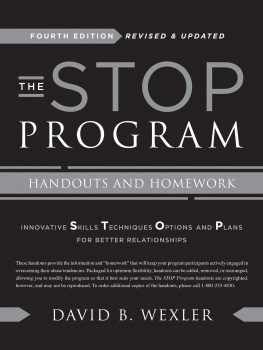
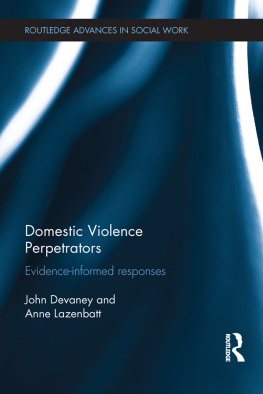

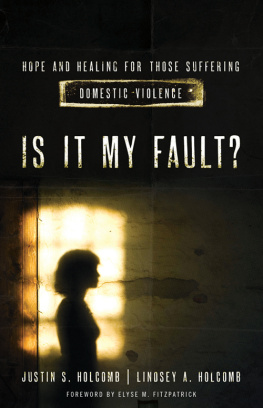

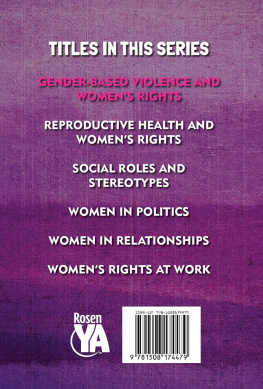
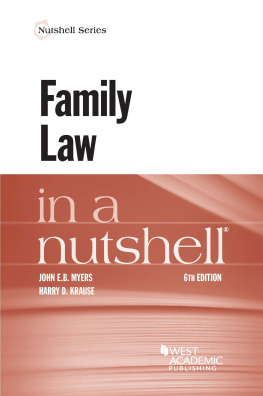
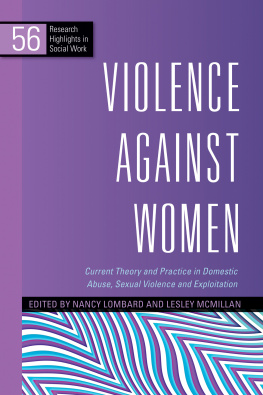
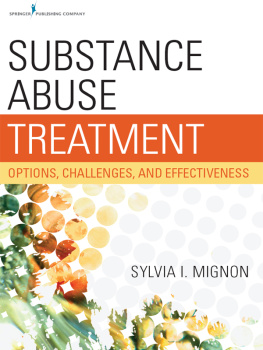


 SOLUTION-FOCUSED THERAPY: creative interventions and therapist guidelines based on principles of solution-focused therapy
SOLUTION-FOCUSED THERAPY: creative interventions and therapist guidelines based on principles of solution-focused therapy